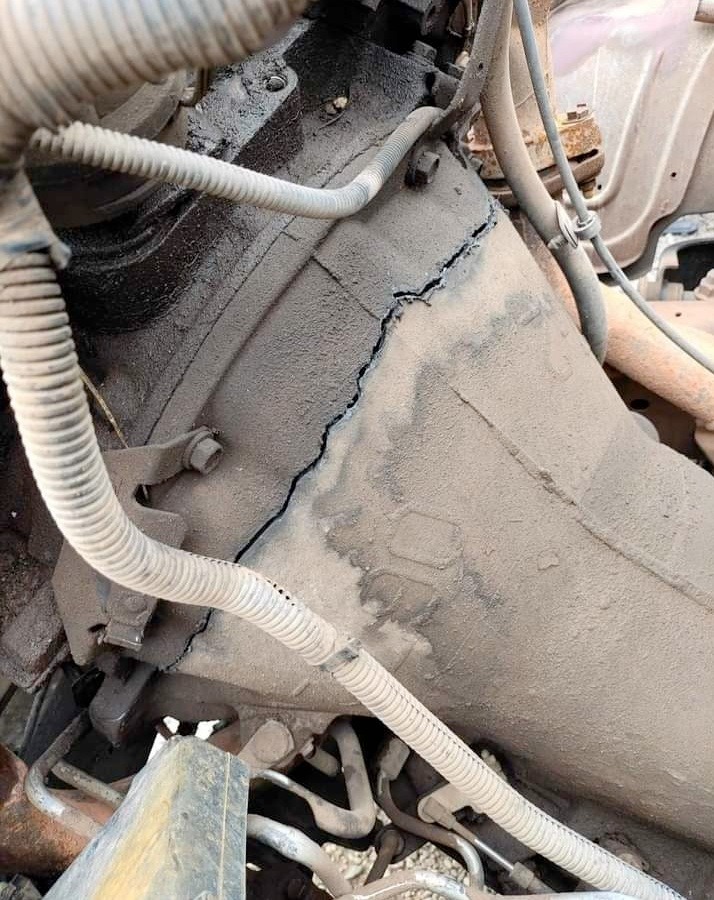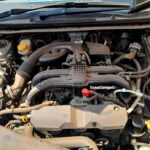Gearboxes play a vital role in countless machines and mechanical systems, transmitting power and facilitating smooth operation.
However, these essential components are not immune to damage. Understanding the potential factors that can cause harm to a gearbox housing is crucial for maintaining its integrity and ensuring long-term reliability.
Here are some common causes to be aware of:
- Overloading: Exceeding the load capacity for which a gearbox is designed places excessive stress on the housing. This can result in cracks or fractures that compromise the overall structural integrity.
- Impact or Collision: A sudden impact or collision, particularly if the gearbox housing lacks adequate protection or if the impact is significant, can lead to visible damage or internal structural issues.
- Improper Lubrication: Insufficient or improper lubrication within the gearbox can increase friction and heat buildup. Over time, this can cause wear and damage to the housing, potentially leading to operational problems.
- Contamination: When foreign particles such as dirt, debris, or metal shavings find their way into the gearbox, they can cause abrasion, scoring, or pitting. These issues can gradually erode the housing and compromise its effectiveness.
- Misalignment: Poor alignment between the gearbox and other components, such as the motor or driven equipment, can create excessive loads and stress on the housing. This can eventually result in damage if not addressed promptly.
- Vibrations and Resonance: Excessive vibrations or resonance can subject the gearbox housing to fatigue and stress. Over time, this strain can lead to cracks or even complete failure, necessitating costly repairs or replacements.
- Temperature Extremes: Extreme temperatures, whether too high or too low, can adversely affect the material properties of the housing. This vulnerability can result in deformations, cracking, or other forms of damage.
It’s important to note that the specific causes and vulnerabilities may vary depending on the type of gearbox, its design, and the application in which it is utilized. To minimize the risk of gearbox housing damage, regular maintenance, proper lubrication, and adherence to the manufacturer’s guidelines are essential.
Routine inspections should be conducted to identify any signs of wear or potential issues. Additionally, following the recommended maintenance schedule and using appropriate lubricants can significantly extend the lifespan of the gearbox housing.
If damage or abnormalities are detected, immediate action should be taken to address the problem before it escalates.
By staying proactive and implementing preventive measures, individuals and businesses can safeguard their gearboxes, reduce the risk of unexpected failures, and ensure uninterrupted performance in their machinery and mechanical systems.














